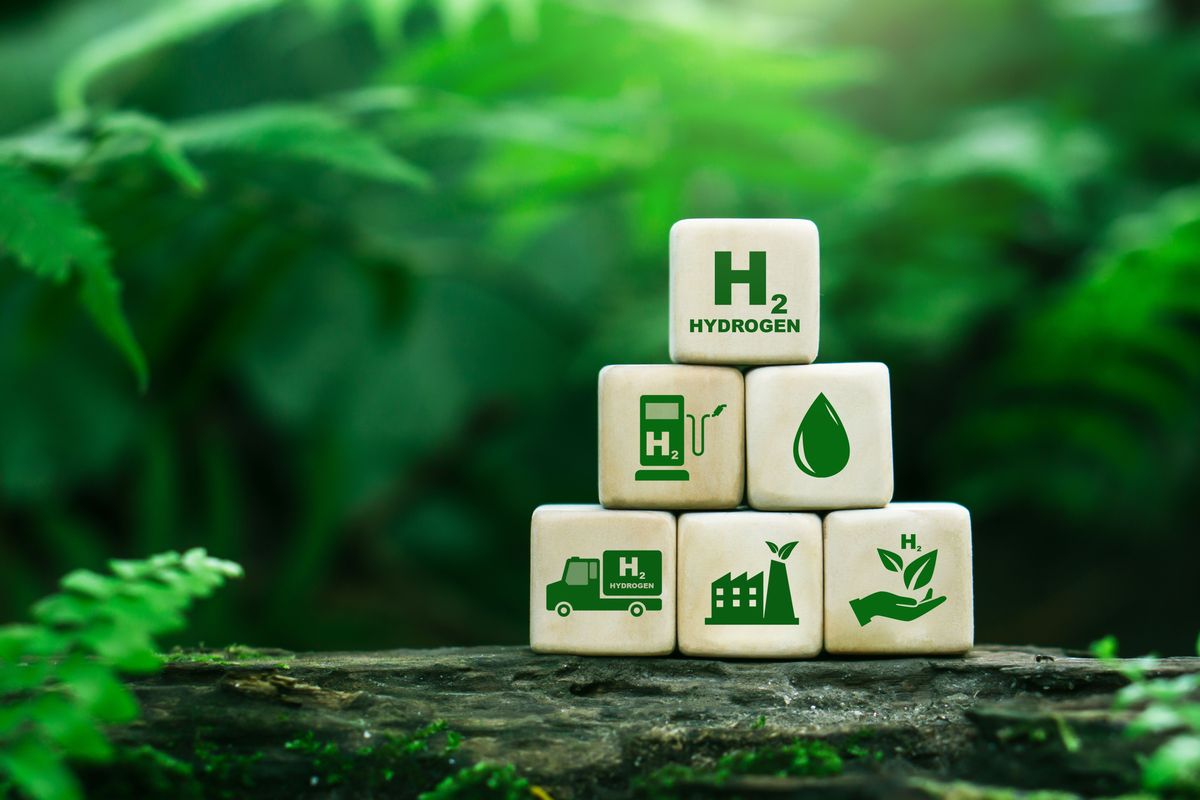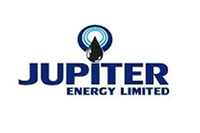Australia's Energy Crisis: A Call for Green Solutions

It’s one of the most resource-rich countries in the world, and is set to become a green energy powerhouse in the future. However, currently, Australia doesn’t have enough energy for its own needs.
Australia’s energy crisis has seen years of insufficient supply and surging prices that have led to government interventions.
The country is getting serious about achieving long-term stability, and ensuring it has ongoing access to local energy from a variety of environmentally responsible sources.
Anatomy of a crisis
In 2020, energy demand in Australia dropped, as did prices, and suppliers responded by reducing output. When demand grew again, gas, oil and electricity producers struggled to respond quickly. COVID-19 also delayed gas plant maintenance, which impacted their ability to ramp up supply.
As a result, prices for energy climbed. Then, in 2022, the Russian Federation invaded Ukraine, causing natural gas prices to soar further, which impacted domestic prices, too. Unusually cold weather triggered high demand for heating energy. Excessive rainfall caused mines to struggle with operations and rail routes to flood.
Australian fossil fuel companies were unable to pivot quickly and divert more supply locally, and at reasonable prices. Australia is a huge exporter of energy — it ships out $34 billion worth of natural gas annually, and is also a big exporter of coal. These contracts cannot be altered quickly.
All of this added up to a perfect storm of insufficient supply and ever higher prices that caught government, businesses and citizens off guard.
Government interventions
The Australian government has been stepping in over the last few years to try to control energy prices and ensure sufficient demand for the country.
To control rising electricity costs, the National Electricity Market introduced administered price caps, and instituted price floors, as well. If rates in a particular region go above a certain threshold determined by a formula, the government will control prices of energy and ancillary services until at least the end of the trading day.
The cap was triggered for three days in June 2022 across most of the country when global fuel scarcity due to the war, and the cold and rain in Australia were all at their worst. It happened again for a week in New South Wales in May 2024, when unplanned outages at coal plants took more than 3 gigawatts of energy out of the market. Wind energy output also fell, and transmission issues occurred throughout the region.
The Australian Domestic Gas Security Mechanism, which can be triggered in a natural gas shortfall and require projects to limit exports or find new gas sources, was reformed in 2023 with a new agreement for gas exporters.
The government has also been putting in place larger system changes to deal with energy problems long term. Its Future Gas Strategy, which came out in 2024, puts the country on track to reach net-zero emissions by 2050, supporting the gas industry in becoming more sustainable. The plan requires the exploration of new sources of gas that limit seismic surveying, prioritise energy security, aim for net-zero emissions and entail rigorous environmental approval.
Renewable limits
Currently, purely renewable sources of energy are simply not sufficient to meet demand globally. This is particularly true in Australia, where high prices and supply problems linger.
The government’s gas strategy acknowledges that fossil fuels will be critical in the country’s transition to net zero, including gas-powered electricity generation, which will likely be needed up to and beyond 2050. Coal-powered generators being retired across the country, especially on the east coast and the Northern Territory, will necessitate the use of gas generation to firm up the supply of electricity.
Gas gets cleaner
Australia’s transition to net zero will rely on reliable and clean energy sources. That will involve a mix of renewables such as wind and solar combined with cleaner traditional options, such as natural gas.
Holding promise in Australia is clean hydrogen made from natural gas. In fact, the 2024/2025 budget lists five industries that align with its so-called National Interest Framework, and that list includes renewable hydrogen.
Hydrogen is an energy carrier that can be used to store, move and deliver energy. It already has a wide range of uses but now shows promise for the transportation, electricity generation and manufacturing, offering a path to decarbonisation for some of the most energy-hungry sectors
So-called natural gas reforming to hydrogen is the most effective method of producing hydrogen. The methane in natural gas is converted to hydrogen by a thermal process — natural gas is a clean and cost-effective hydrogen feed, as it’s readily available, simple to handle, and minimises the formation of carbon dioxide. That’s important when countries are trying to get to net zero and dramatically cut their carbon emissions.
Government supports for hydrogen
Part of Australia’s move to a transition energy economy involves a range of programs to support green hydrogen. That includes a tax incentive worth AU$6.7 billion over 13 years. The Hydrogen Headstart Program offers revenue support for large-scale renewable projects and there’s also funding available through the AU$300 million Advancing Hydrogen Fund. Other programs support the development of hydrogen hubs and green energy technologies.
Hydrogen investment opportunities
There are numerous opportunities in Australia for investment in hydrogen-related projects, many of them leveraging innovative technologies or approaches. That includes the Central Queensland Hydrogen Project, a AU$106.7 million project set to launch in 2030. It’s being run by Stanwell and Iwatani (TSE:8088) and intends to supply renewable hydrogen locally and to Japan and Singapore.
Countrywide Hydrogen, a subsidiary of ReNu Energy (ASX:RNE,OTC Pink:GDYMF), has a number of projects underway related to the transportation sector, including Hydrogen Brighton in Tasmania, a AU$68 million project that will supply green hydrogen to industrial partners and offer hydrogen refueling for buses and trucks.
Clean Hydrogen Technologies, under BPH Energy (ASX:BPH), has developed turquoise hydrogen, which is hydrogen sourced from natural gas hydrocarbons using a proprietary process, generating both hydrogen and solid carbon composite. This project is in production and scaling up.
Fortescue (ASX:FMG,OTCQX:FSUMF) is diversifying with a newly opened electrolyser manufacturing facility. Origin Energy (ASX:ORG,OTC Pink:OGFGF) has proposed the Hunter Valley Hydrogen Hub, which proposes setting up a hydrogen supply chain in Newcastle.
Investor takeaway
Expect more innovation and scaling up across Australia related to the transition energy economy. The country’s energy crisis is ongoing, and both the business sector and the government are actively trying to change things for the better. This dynamic offers a compelling investment opportunity for investors looking at the energy transition sector.
Diane Peters is a freelance writer based in Ontario.
This INNSpired article is sponsored by BPH Energy (ASX:BPH). This INNSpired article provides information which was sourced by the Investing News Network (INN) and approved by BPH Energy in order to help investors learn more about the company. BPH Energy is a client of INN. The company’s campaign fees pay for INN to create and update this INNSpired article.
This INNSpired article was written according to INN editorial standards to educate investors.
INN does not provide investment advice and the information on this profile should not be considered a recommendation to buy or sell any security. INN does not endorse or recommend the business, products, services or securities of any company profiled.
The information contained here is for information purposes only and is not to be construed as an offer or solicitation for the sale or purchase of securities. Readers should conduct their own research for all information publicly available concerning the company. Prior to making any investment decision, it is recommended that readers consult directly with BPH Energy and seek advice from a qualified investment advisor.






